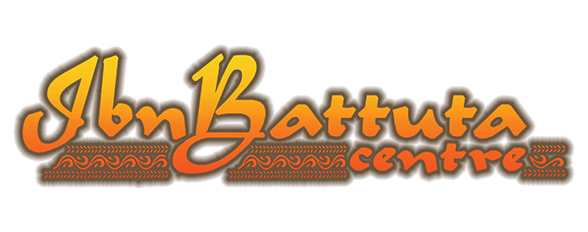The UNESCO Field Course
The Intergovernmental Oceanographic Commission of UNESCO financed a field course for African students within the frame of the Capacity Building Programme. Other financial help was provided by the Flanders Government of Belgium. The University of Ghent and the Universite "Mohamed V Agdal" (Rabat) provided scientific and logistic support.
The aim of the course was to show students some geological structures that illustrate the relation between geosphere and the atmosphere by the exchange of material and biota. Such a mechanism is important on earth and can be a major exobiological process in other planets of the Solar System. The area of investigation was the region of Erfoud (Southwest Morocco) where the Kess Kess Formation is exposed.
Around the world, very old structures are found that resemble recent coral mounds that are found along the Atlantic margin (Rockall Trough, Porcupine Seabight, Gulf of Cadiz, etc.). By studying these structures, scientists try to find out whether the organisms and processes that are responsible for building these structures in the present and the past are similar, and they want to know how life evolved and how the building process (origin, life and death of a mound) took place.
The ' Kess Kess mound field couse ' took us deep into Morocco, at the edge of the Sahara Desert, where the world famous Early Devonian (400 million year old ) Kess Kess Mounds are found.
During this field trip geology students from Morocco, Mozambique, Mauritania, and Russia were guided on the field under the supervision of experts from Italy, Belgium, Morocco, Switzerland, Russia and the Netherlands.
The students were introduced to the world of the Devonian Kess Kess mounds in Morocco according to the "Training-Through-Research" philosophy. By making their own observations and discussing them with scientists, they discovered various problems and burning questions that are still surrounding the carbonate mounds, both fossil and recent ones.
During the "Kess Kess mound field course" an educational outreach was organised for 3 classes from Belgium, Germany and Morocco. On the Class Desert website the students of these classes were able to follow the proceedings in the field.
The field course was attended by students from Morocco, Mauritania, Mozambique and Tunisia. The teaching staff consisted of scientists from Belgium, Italy, the Netherland and Russia.

© Copyright IbnBattutaCentre/IRSPS
The material of this website cannot be reproduced without permission of IbnBattutaCentre and IRSPS






